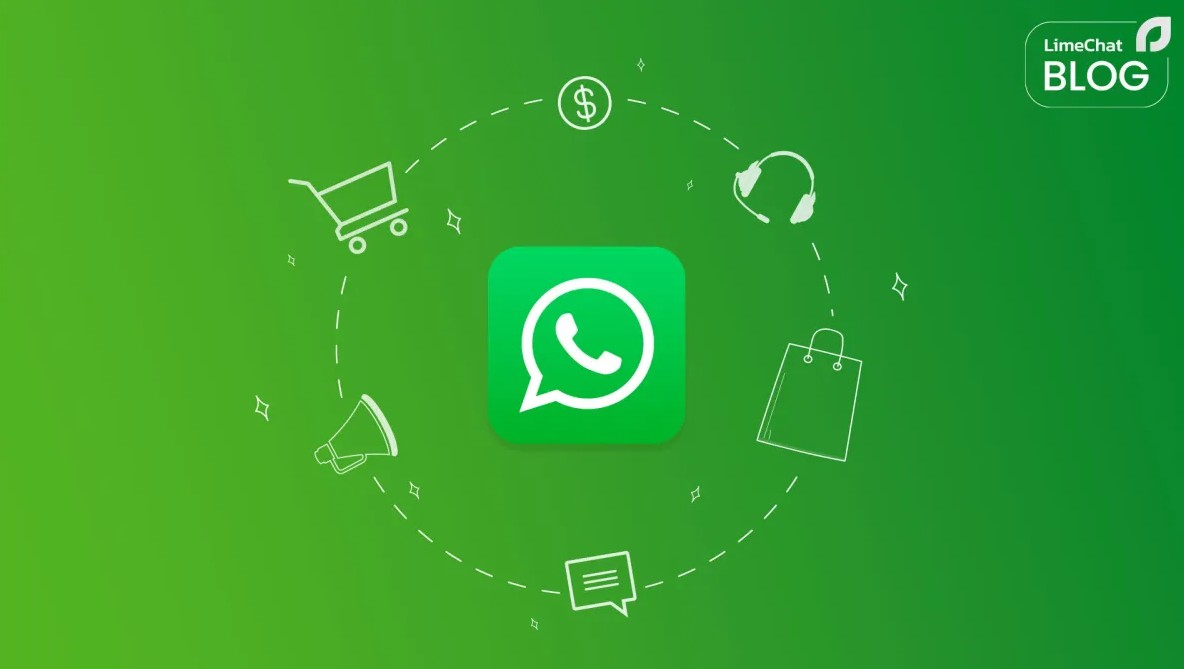
In a world where we live connectedly, WhatsApp Web is an indispensable tool for millions of people, allowing them to send and receive texts directly from their desktop browser. But some days logging into your mailbox via WhatsApp Web as an employee can be as bothersome as finding out that access to the service is blocked on your company or organization network. Things can get blocked for a variety of reasons, from corporate firewalls to misconfigurations on your part, but before you find yourself constantly picking your phone up, here are several options you can take.
Understanding Why the Block Happens
The first thing is to know the source of the problem. A blocked WhatsApp Web login usually happens in a managed environment such as an office, a school or public network. Some administrators block access to social networking services to reduce distraction and save bandwidth. To do this, administrators restrict access to a specific set of ports and servers that the Masuk WhatsApp Web service uses to connect your phone to your computer. Sometimes, the issue isn’t actually a deliberate block, but a temporary glitch with your browser, your phone or your computer’s DNS settings.
1. The First Line of Defense: Basic Troubleshooting
- Before trying anything more complicated you ‘ll want to do the simple things first. Most of these fixed items are ‘ no software needed’.
- Refresh/Re-scan method Just refresh your page in the browser ( F5) and scan the QR code again with the phone.
- Restart Everything. Turn your phone off and on again and restart your computer and your router and all that. It cleans up the temporary caches and reconnects some new links.
- Browser Extensions Some privacy / ad blocking browser extensions can block websites (in some cases). Try changing the browser window to “Incognito” or “Private” ( extensions are usually disabled in this window ) and see if that resolves the block.
- Your browser has stopped working: Your browser might be too old to be compatible with the site. Make sure you have the latest version of Chrome, Firefox, Edge or Safari.
2. Bypassing Network Restrictions with a VPN
If the basic steps don’t work and you have total faith that the block is network-wide, then a Virtual Private Network (VPN) is your best bet. A VPN encrypts all of your internet traffic and sends it through a server in a location you prefer. This acts as a mask and conceals your online activities from the network administrator, allowing you to view the internet as though you’re connecting from somewhere else on the internet, that’s unrestricted. The encrypted tunnel is able to avoid blocks and let you complete the WhatsApp login process on the web version of whatsapp without any interference. There are a lot of reliable free and paid VPN services, and if you want consistent performance and security I would recommend a good paid service.
3. Switching Your DNS Server
Sometimes the block is at the DNS level. Your network’s DNS (Domain Name System) is basically a phonebook which translates a website name (such as web. whatsapp. com) into an IP address. If the DNS on your network is instructed not to resolve any URL to a Web page then your connection would not work, and you should be able to overcome this by switching your DNS server to a public DNS server, such as Google DNS (8. 8. 8. 8 and 8. 8. 4. 4 respectively), or Cloudflare DNS (1. 1. 1. 1). This is a change that can be made in your computer’s network settings. Sometimes this change can resolve the block and hence allowing you to connect successfully to the Web page using WhatsApp.
4. Using Mobile Data as a Hotspot
When you’re sure that the Wi-Fi network is to blame, there’s a simple way to avoid using it for the initial connection: If your mobile data plan allows it, go ahead and enable the personal hotspot on your phone and connect your computer to it. This will use your phone’s cellular data connection, which is totally independent of any restriction in the restricting Wi-Fi network. Now use this mobile data connection to start the WhatsApp Web login process, and scan the QR code. Once the session is active and connected, some people figure they can turn their computer back on to the original Wi-Fi network (this is not guaranteed) and WhatsApp Web will continue to work, though.
5. Considering the Desktop App
If the web browser version of WhatsApp is still blocked, you can try using the standalone WhatsApp Desktop version on Windows or macOS. While it does in principle use the same network connection as your browser, some network filters are configured specifically to block web addresses but may not consider traffic coming from a dedicated application. It is a good option to try though, and can sometimes escape simple filtering.
A Final Note on Policies and Security
In spite of all the above explanations – to put it mildly – these methods are technically effective. However, you should first look at your environment, and whether you’re running on a corporate or organizational network. You may be violating an acceptable use policy if you circumvent their blocks, or else you risk violating the network’s security policies. Always prioritize security; if you must connect through a public Wi-Fi, a VPN is highly recommended. It’s not only for accessing WhatsApp Web, but also for encryption of all your data and protecting you from anyone who might spy on you and/or your communications.
Table of Contents